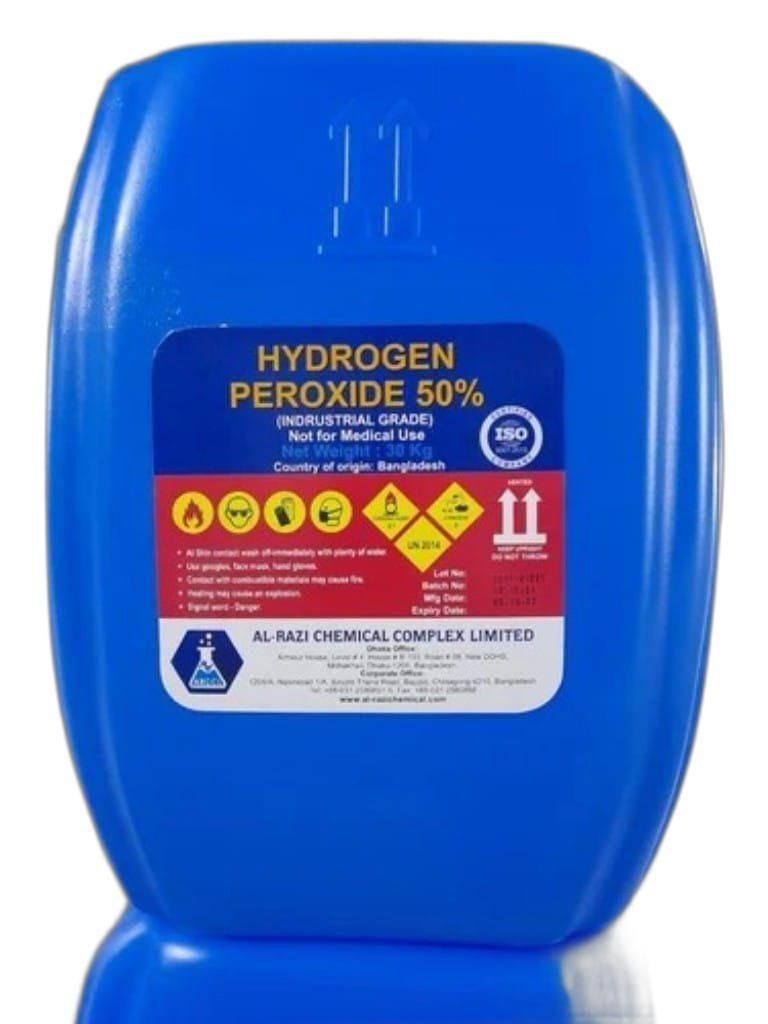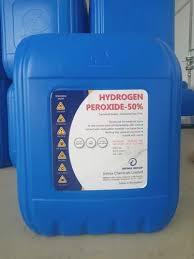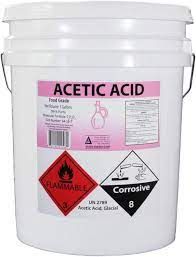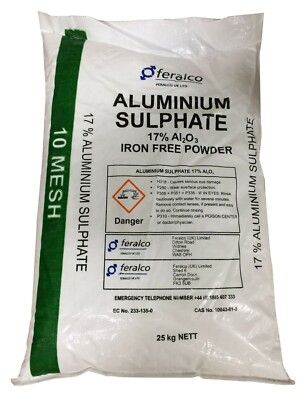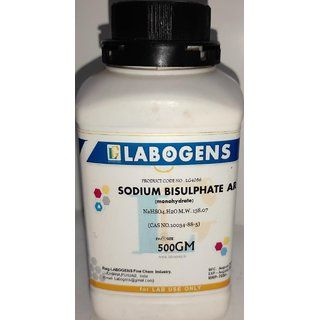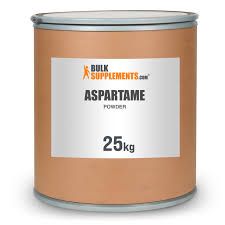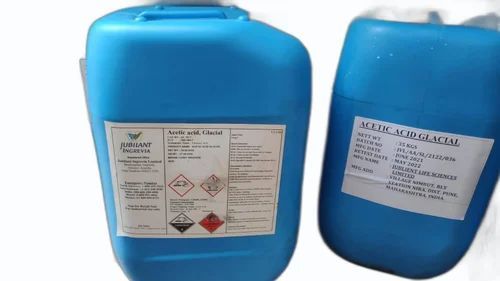Hydrogen Peroxide 50% is a clear, colourless liquid with a slightly sharp odour. It is a highly concentrated oxidising agent widely used in industrial, laboratory, and water treatment applications for its powerful bleaching, disinfecting, and oxidising properties.
Chemical Details:
- Chemical Name: Hydrogen Peroxide
- Chemical Formula: H₂O₂
- Molecular Weight: 34.01 g/mol
- Concentration: 50% w/w aqueous solution
- Appearance: Clear, colourless liquid
- Odour: Slightly sharp, characteristic odour
- Density: ~1.20 g/cm³
- Solubility: Completely miscible with water
- pH: ~4.5
Key Features:
- Strong oxidising agent suitable for industrial and laboratory use
- High concentration (50%) for processes requiring strong reactivity
- Effective bleaching, disinfecting, and sterilising properties
- Decomposes into water and oxygen, leaving no toxic residues
Applications:
- Industrial bleaching: Pulp and paper bleaching, textile bleaching, and de-inking recycled paper
- Water treatment: Disinfection, odour control, and removal of pollutants in wastewater treatment
- Chemical manufacturing: As an oxidiser in various syntheses and formulations
- Laboratory use: As an oxidising agent in analytical chemistry and preparation of peroxy compounds
- Environmental applications: Treatment of contaminated soil and groundwater (chemical oxidation)
- Food industry: Cleaning and sterilisation (only under approved guidelines and lower concentrations)
Benefits:
- Provides powerful and effective oxidation for industrial processes
- Leaves no toxic residues, decomposing into harmless by-products
- Versatile application in diverse industries
- Ensures consistent and reliable results due to its high concentration
How to Use:
- Use as per specific industrial or laboratory protocols and standard operating procedures (SOPs).
- Dilute carefully if lower concentrations are required for application.
Safety Precautions:
- Corrosive and strong oxidiser; causes severe skin burns, eye damage, and respiratory irritation.
- Reacts violently with organic materials, reducing agents, and combustibles.
- Use personal protective equipment (PPE) including gloves, goggles, face shield, and protective clothing.
- Ensure use in well-ventilated areas and avoid contact with flammable materials.
- Store in tightly sealed containers in a cool, dry, well-ventilated area, away from heat, direct sunlight, and incompatible substances.
You may also like
